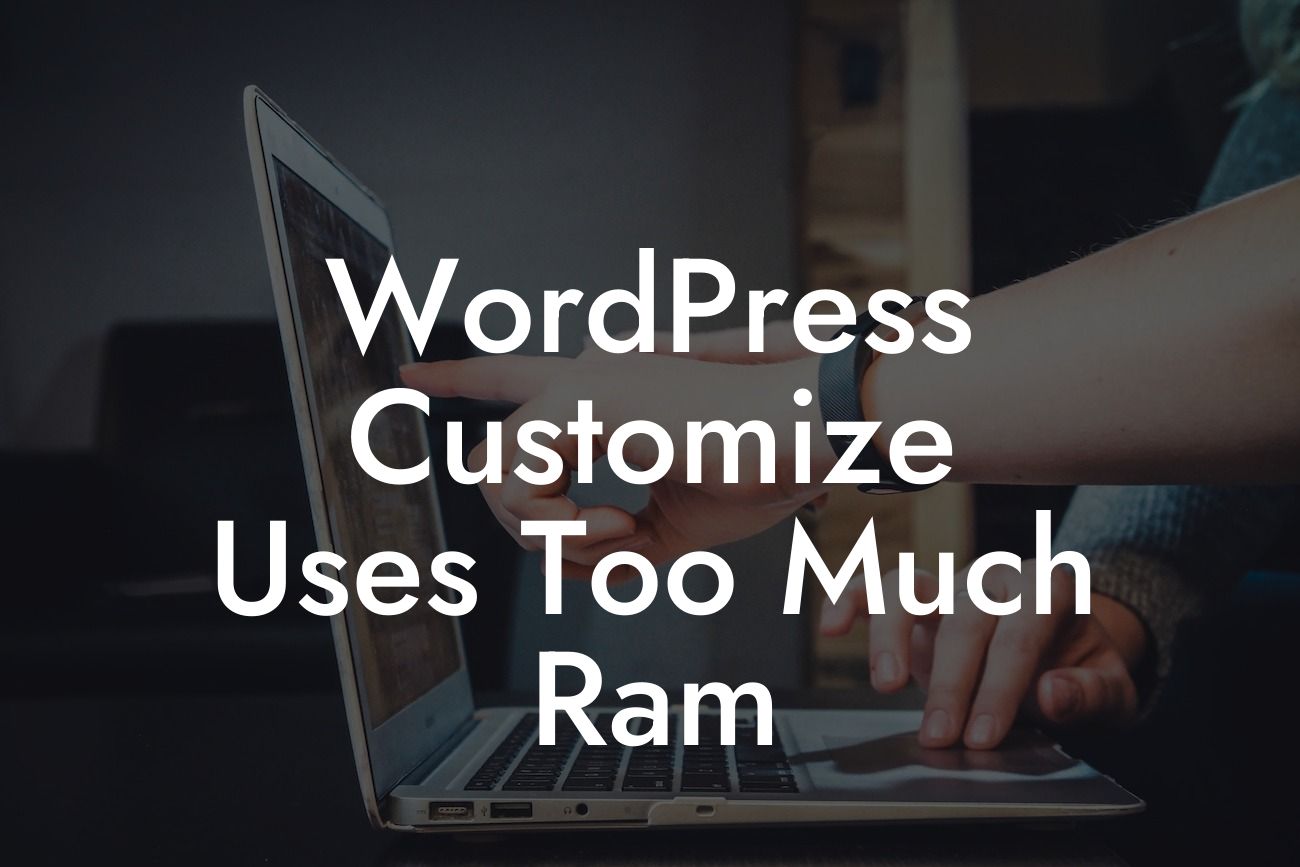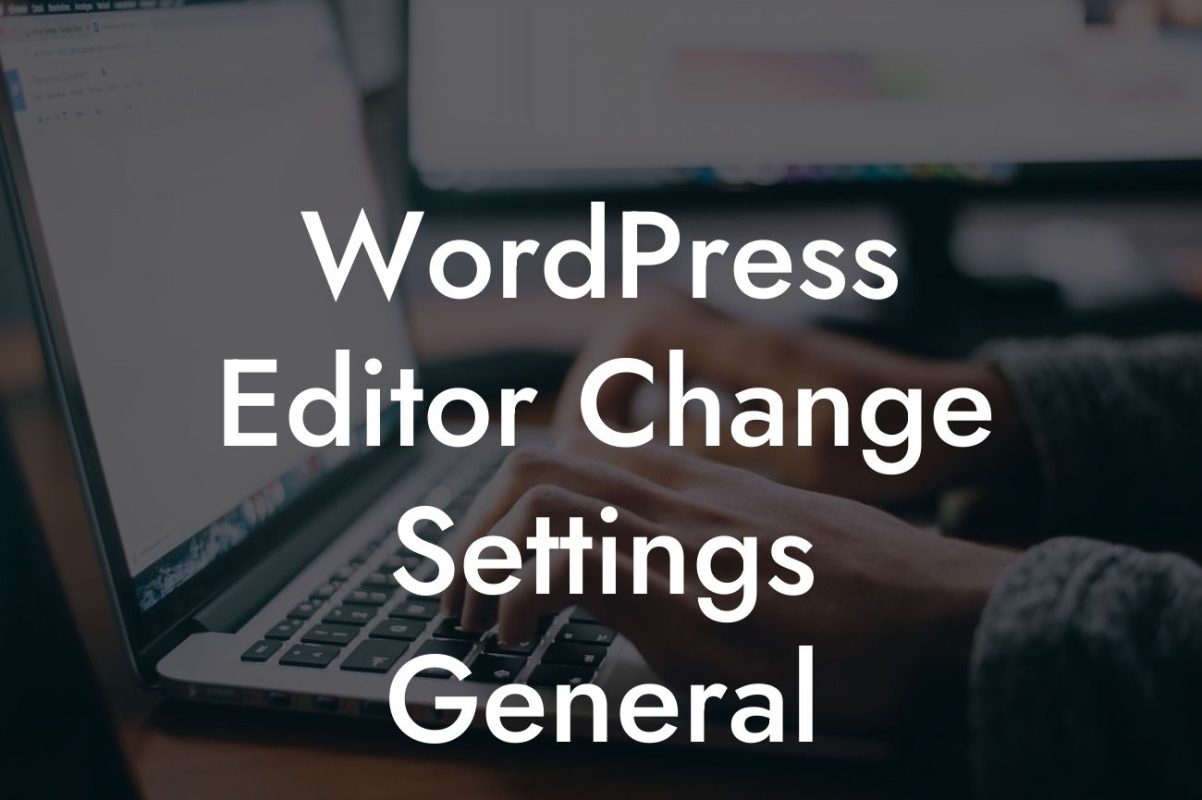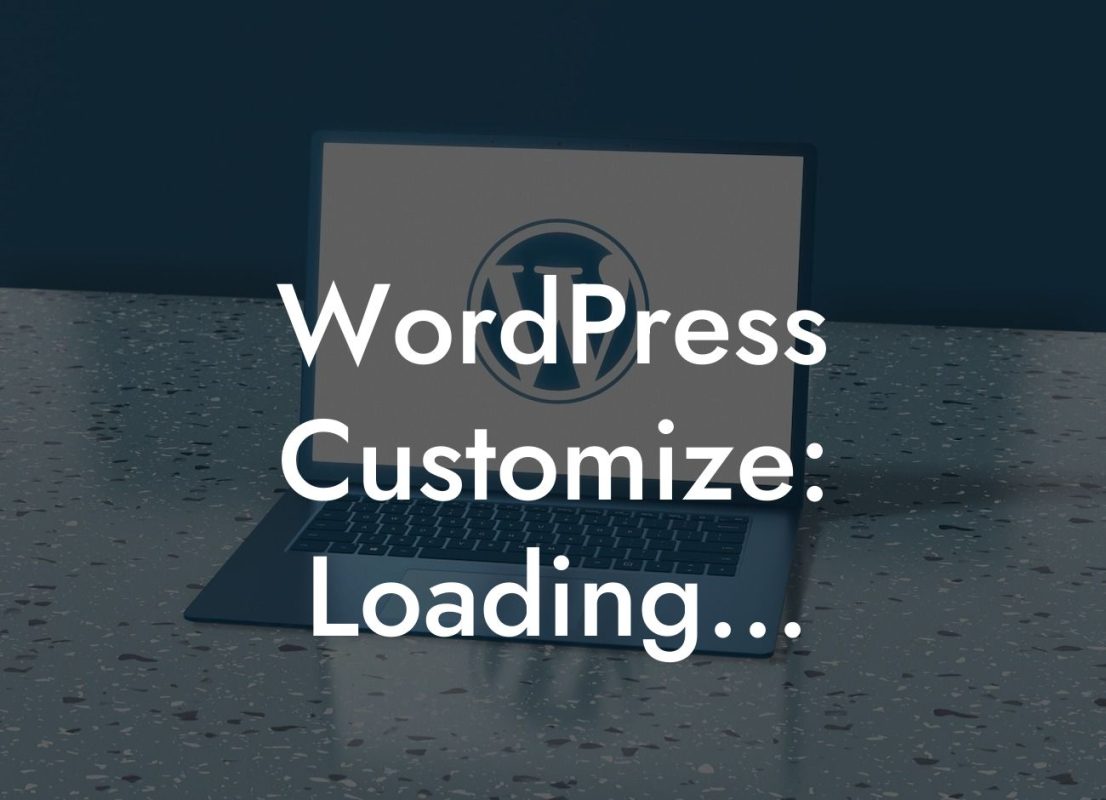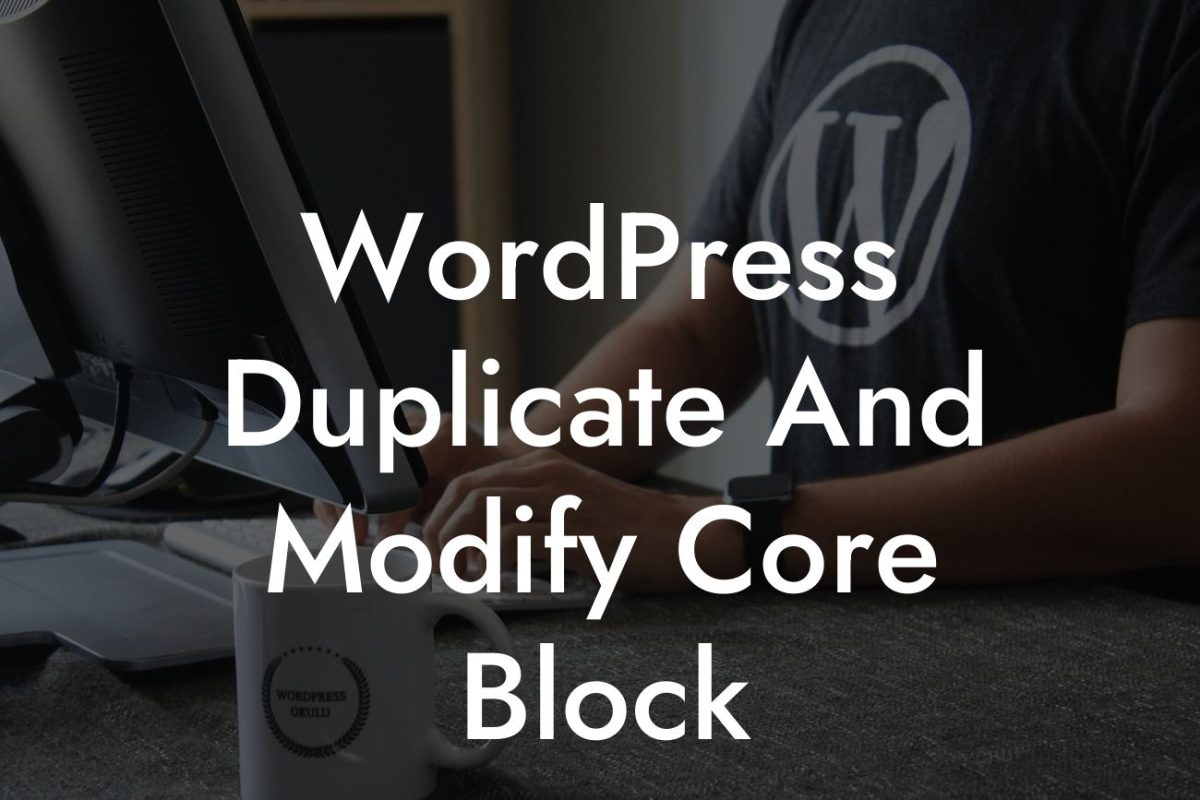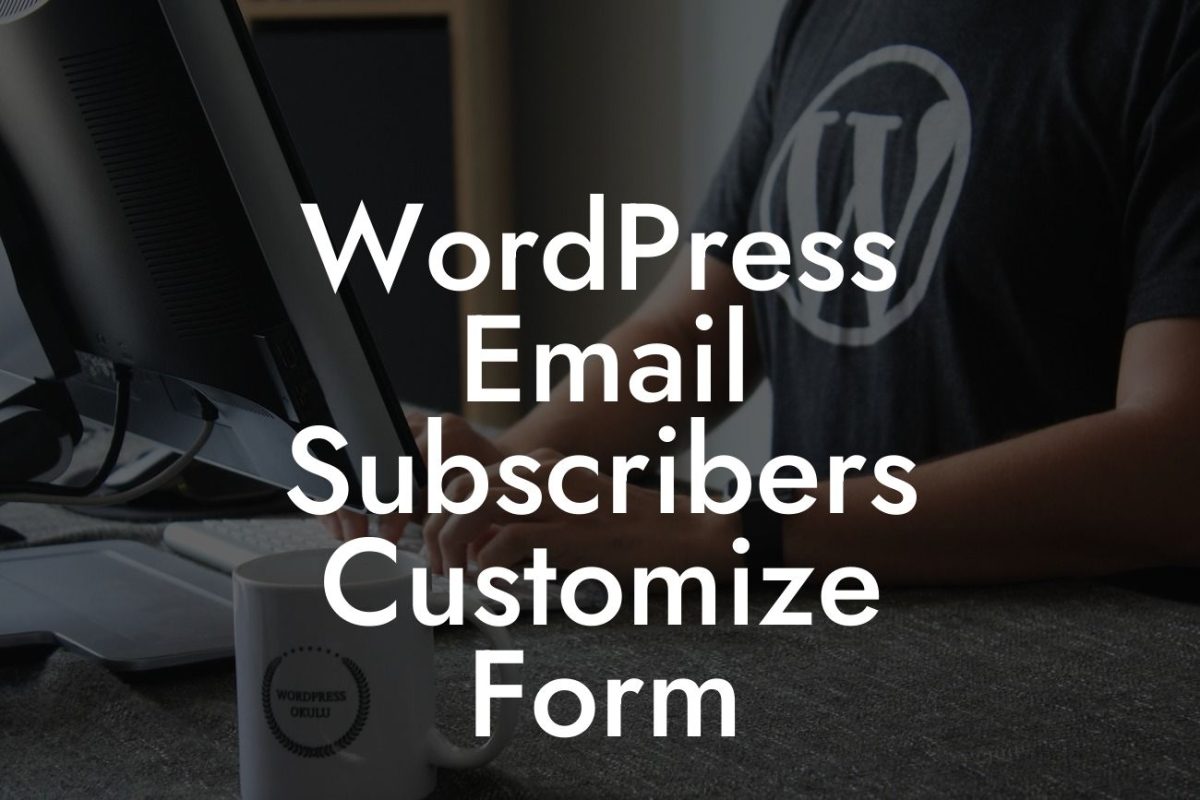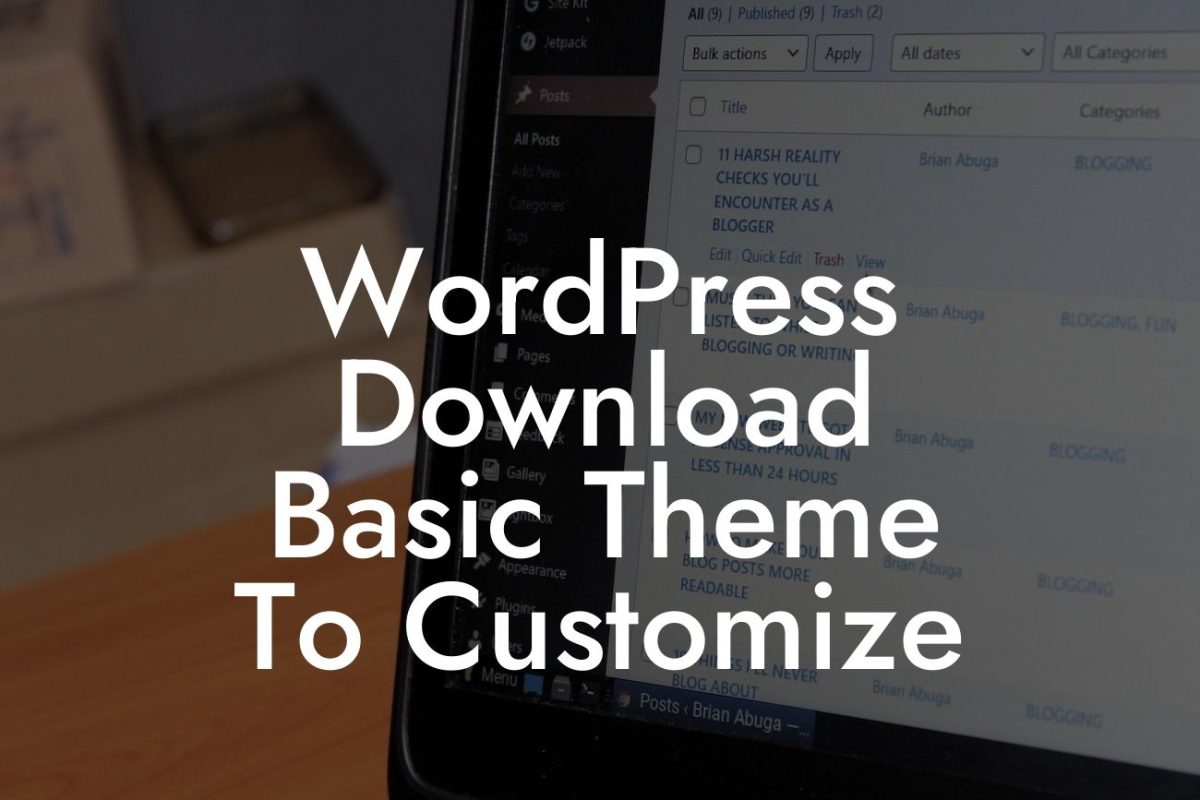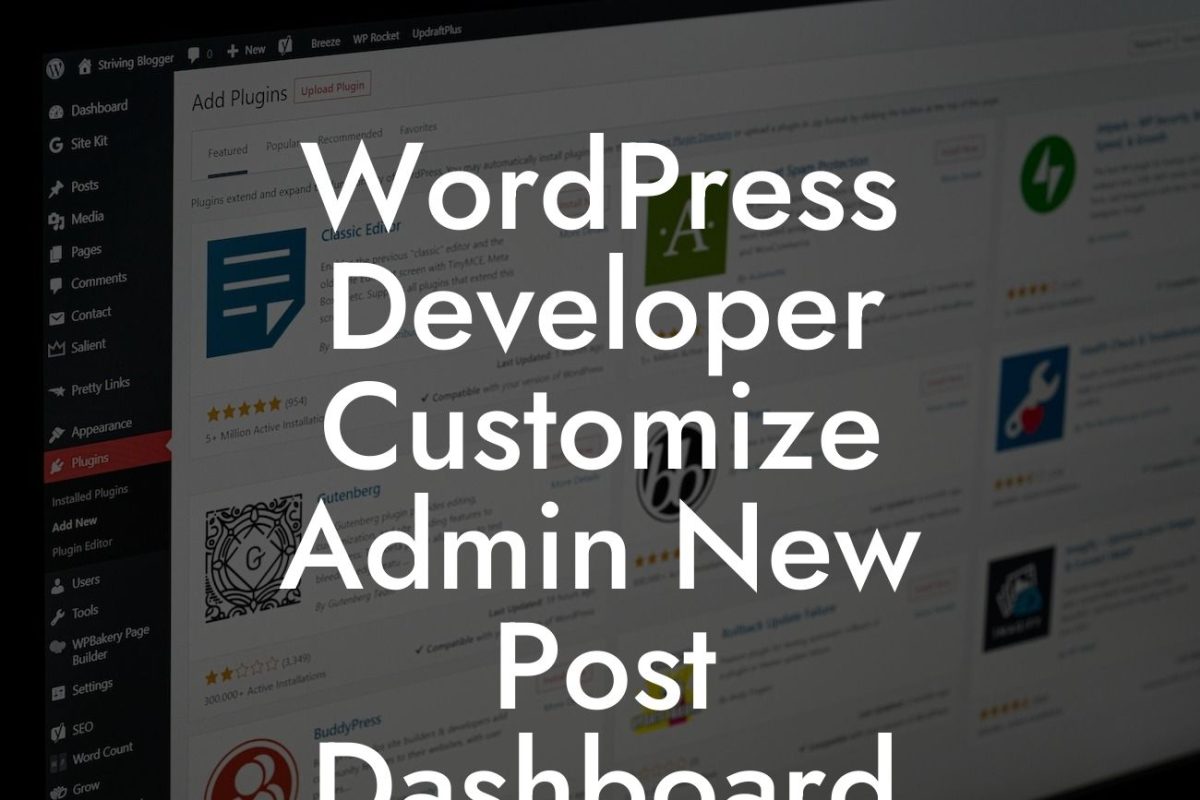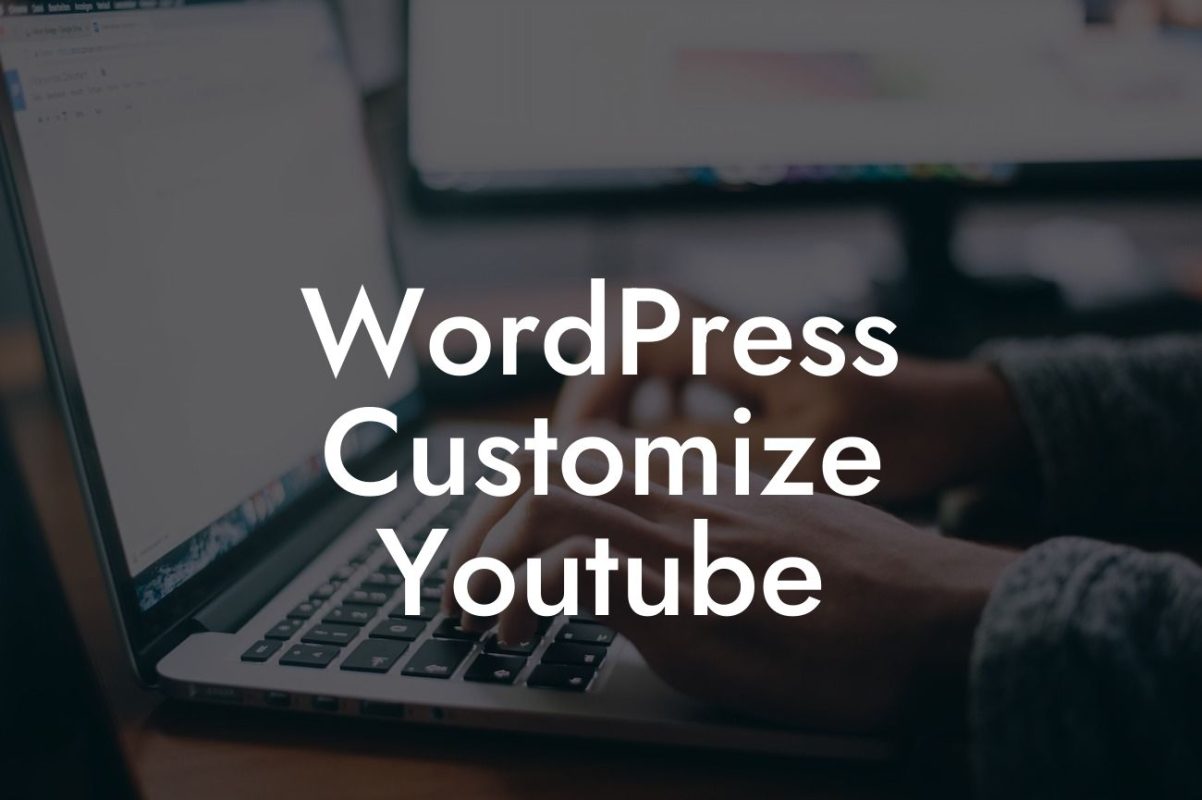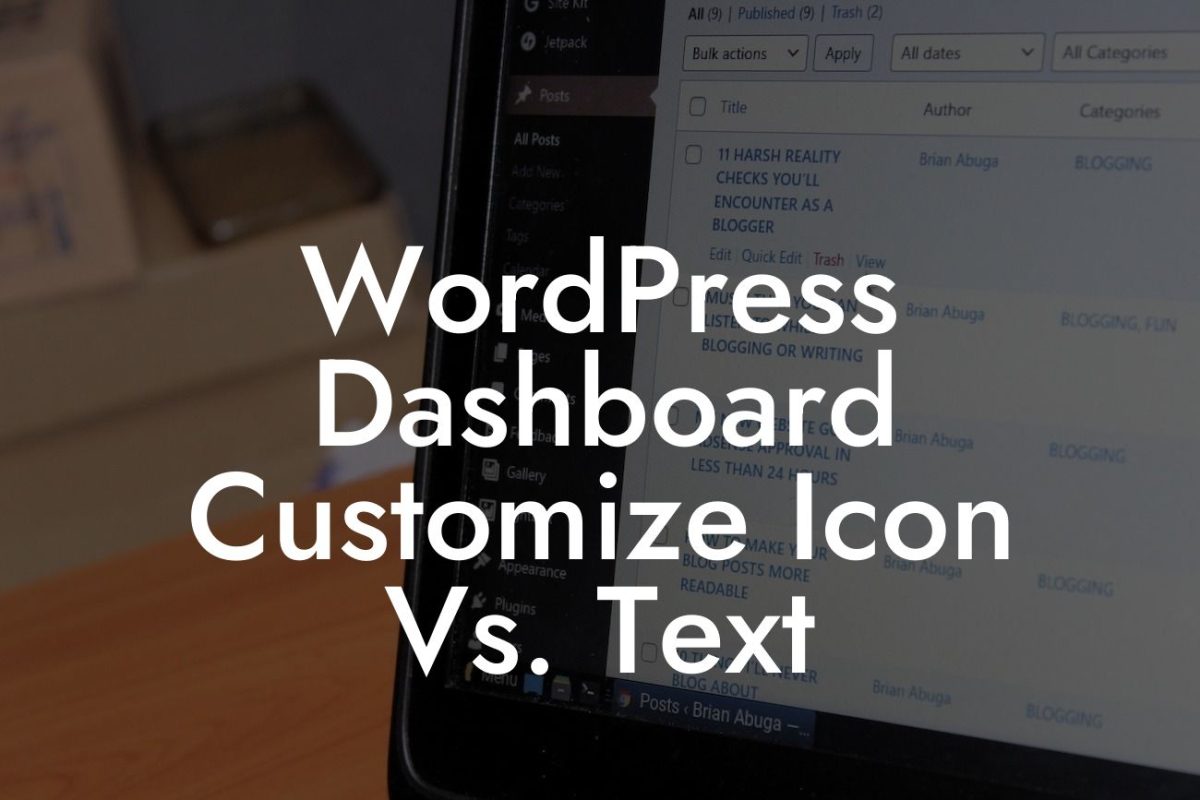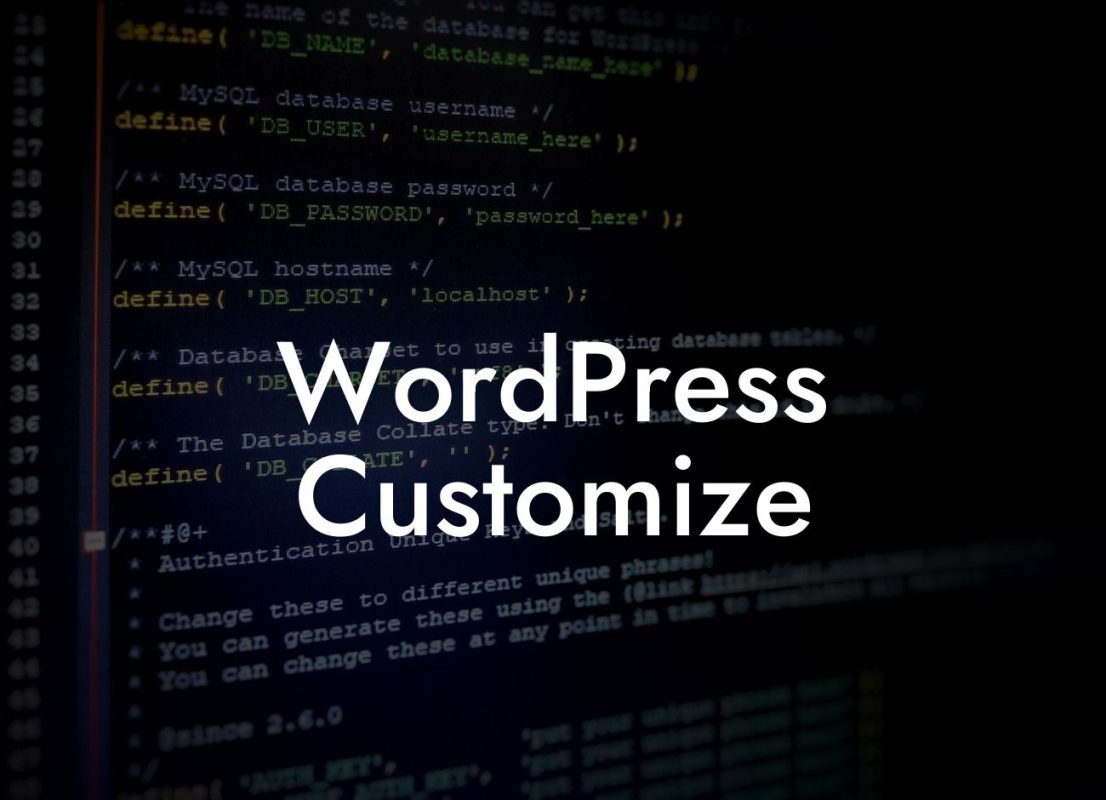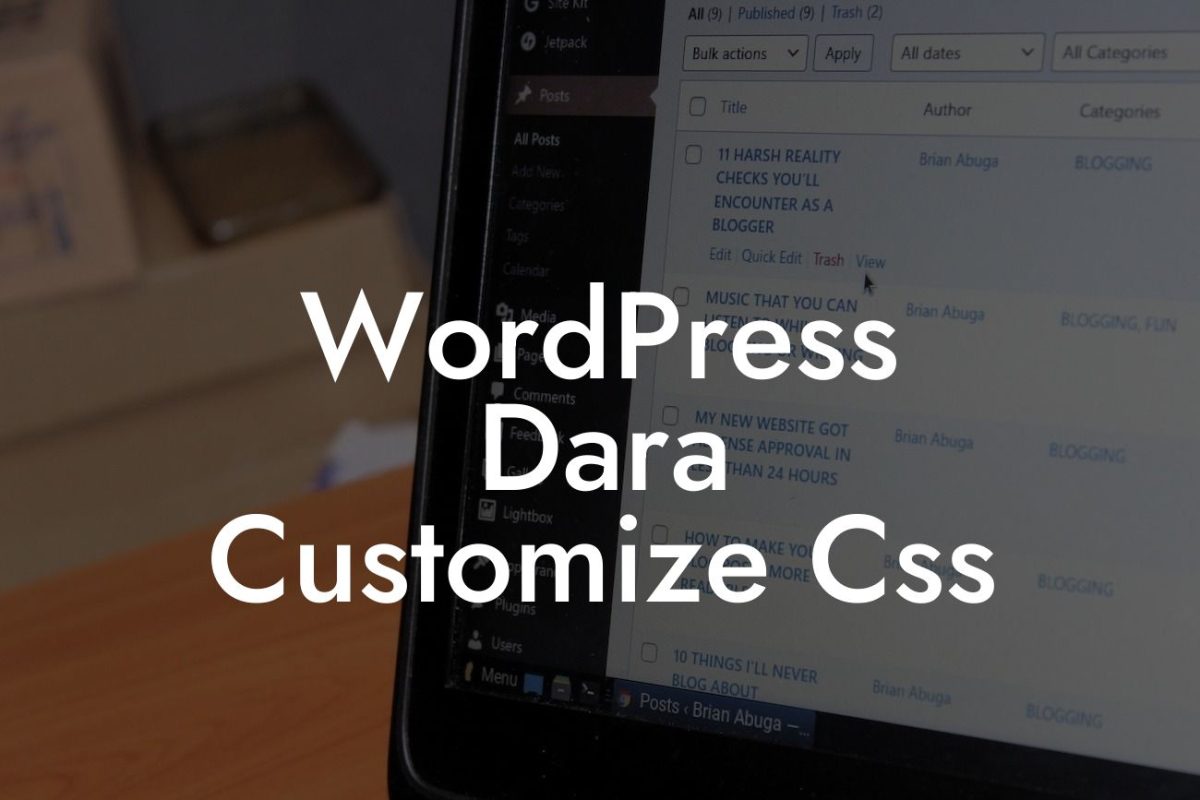WordPress is an incredibly versatile platform that allows small businesses and entrepreneurs to create stunning websites with ease. However, one common issue that often arises is excessive RAM usage when customizing your WordPress site. This can lead to sluggish performance, slow loading times, and frustrated visitors. But fear not, because in this blog post, we will explore practical solutions to optimize your WordPress customization, reduce RAM usage, and supercharge your website's performance.
WordPress offers a myriad of customization options to make your website truly unique. However, some plugins and themes are not optimized efficiently, resulting in excessive RAM consumption. To address this issue, follow these steps:
1. Evaluate and remove unnecessary plugins: Begin by auditing your installed plugins and deactivate or delete any that are no longer necessary. Unused plugins not only add to the RAM usage but also pose security risks. Keep only the essential plugins that contribute to your website's functionality.
2. Optimize your theme: Choose a lightweight and well-coded WordPress theme that minimizes resource usage. Avoid using bloated themes with excessive features that you don't need. Opt for a responsive, fast-loading, and SEO-friendly theme to enhance user experience and reduce RAM usage.
3. Utilize caching mechanisms: WordPress caching plugins can significantly improve your website's performance by serving static HTML versions of your pages to visitors. This reduces the need to generate dynamic content with every page load, resulting in lower RAM usage. Popular caching plugins include W3 Total Cache, WP Super Cache, and WP Rocket.
Looking For a Custom QuickBook Integration?
4. Minimize CSS and JavaScript files: Unused or redundant CSS and JavaScript files can increase RAM usage unnecessarily. Optimize your files by combining and minifying them using plugins like Autoptimize or W3 Total Cache. This decreases the number of requests made to the server and reduces the RAM required for rendering your web pages.
5. Image optimization: Large image files can significantly slow down your website and consume valuable RAM resources. Compress your images using plugins like Smush or EWWW Image Optimizer to reduce their file size without compromising quality. Additionally, consider lazy loading images to load them only when they are visible on the screen, further conserving RAM.
Wordpress Customize Uses Too Much Ram Example:
Let's say you have a WordPress site for your online store selling handcrafted jewelry. Upon investigating, you discover that heavy plugins and a resource-intensive theme are causing excessive RAM usage, resulting in a sluggish shopping experience. By following the steps mentioned above, you can optimize your customization in the following ways:
- Deactivate or delete plugins that are not essential for running your online store.
- Switch to a lightweight and well-coded theme designed specifically for e-commerce websites.
- Install a caching plugin to serve static versions of your product pages, reducing RAM usage.
- Combine and minify your CSS and JavaScript files to decrease the number of server requests.
- Compress your product images and employ lazy loading to conserve RAM while showcasing your beautiful jewelry.
By implementing these optimization techniques, you can minimize RAM usage, enhance your WordPress website's performance, and improve user satisfaction. Don't settle for a cookie-cutter website , explore DamnWoo's range of powerful plugins designed exclusively for small businesses and entrepreneurs. Visit our website to discover more guides and unleash the extraordinary results you deserve.
With DamnWoo, you can customize your WordPress site without worrying about excessive RAM usage. Upgrade your website's performance today and embrace the extraordinary!

